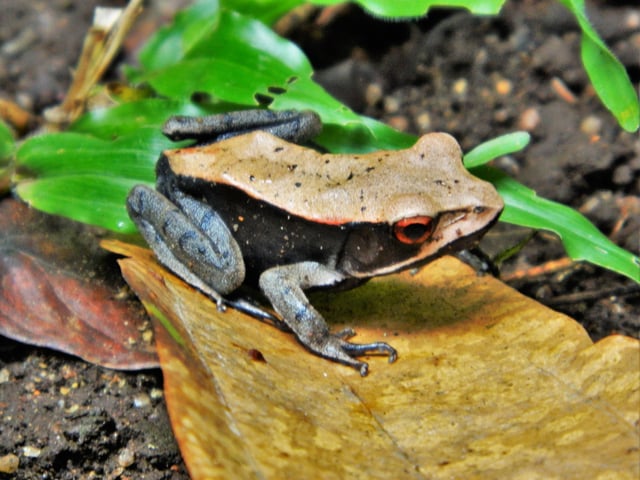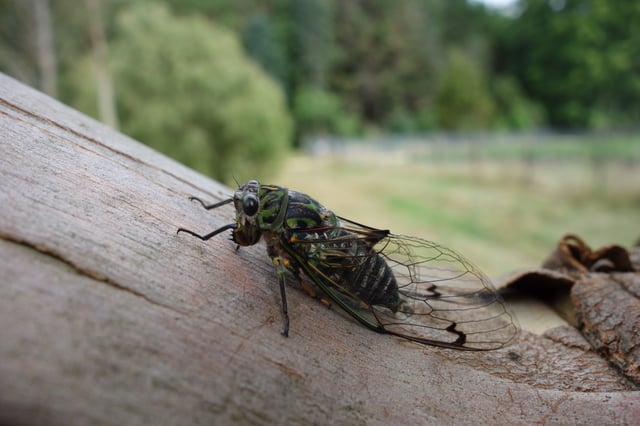Endemism

Endemism


Bicolored frog (Clinotarsus curtipes) is endemic to the Western Ghats of India
Endemism is the ecological state of a species being unique to a defined geographic location, such as an island, nation, country or other defined zone, or habitat type; organisms that are indigenous to a place are not endemic to it if they are also found elsewhere. The extreme opposite of endemism is cosmopolitan distribution. An alternative term for a species that is endemic is precinctive, which applies to species (and subspecific categories) that are restricted to a defined geographical area.
Etymology
The word endemic is from New Latin endēmicus, from Greek ενδήμος, endēmos, "native". Endēmos is formed of en meaning "in", and dēmos meaning "the people".[2] The term "precinctive" has been suggested by some scientists,[1] and was first used in botany by MacCaughey in 1917. It is the equivalent of "endemism".[3] Precinction was perhaps first used by Frank and McCoy.[4][5] Precinctive seems to have been coined by David Sharp when describing the Hawaiian fauna in 1900:[6] "I use the word precinctive in the sense of 'confined to the area under discussion' ... 'precinctive forms' means those forms that are confined to the area specified." That definition excludes artificial confinement of examples by humans in far-off botanical gardens or zoological parks.
Overview

Chorus cicada, a species endemic to New Zealand
Physical, climatic, and biological factors can contribute to endemism. The orange-breasted sunbird is exclusively found in the fynbos vegetation zone of southwestern South Africa. The glacier bear is found only in limited places in Southeast Alaska. Political factors can play a part if a species is protected, or actively hunted, in one jurisdiction but not another.
There are two subcategories of endemism: paleoendemism and neoendemism. Paleoendemism refers to species that were formerly widespread but are now restricted to a smaller area. Neoendemism refers to species that have recently arisen, such as through divergence and reproductive isolation or through hybridization and polyploidy in plants.
Endemic types or species are especially likely to develop on geographically and biologically isolated areas such as islands and remote island groups, such as Hawaii, the Galápagos Islands, and Socotra; they can equally develop in biologically isolated areas such as the highlands of Ethiopia, or large bodies of water far from other lakes, like Lake Baikal. Hydrangea hirta is an example of an endemic species found in Japan.
Endemics can easily become endangered or extinct if their restricted habitat changes, particularly—but not only—due to human actions, including the introduction of new organisms. There were millions of both Bermuda petrels and Bermuda cedars in Bermuda when it was settled at the start of the seventeenth century. By the end of the century, the petrels were thought extinct. Cedars, already ravaged by centuries of shipbuilding, were driven nearly to extinction in the twentieth century by the introduction of a parasite. Bermuda petrels and cedars are now rare, as are other species endemic to Bermuda.